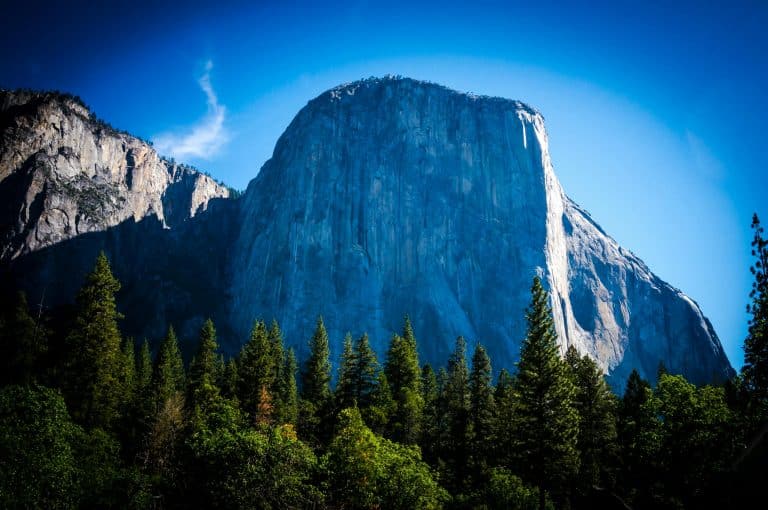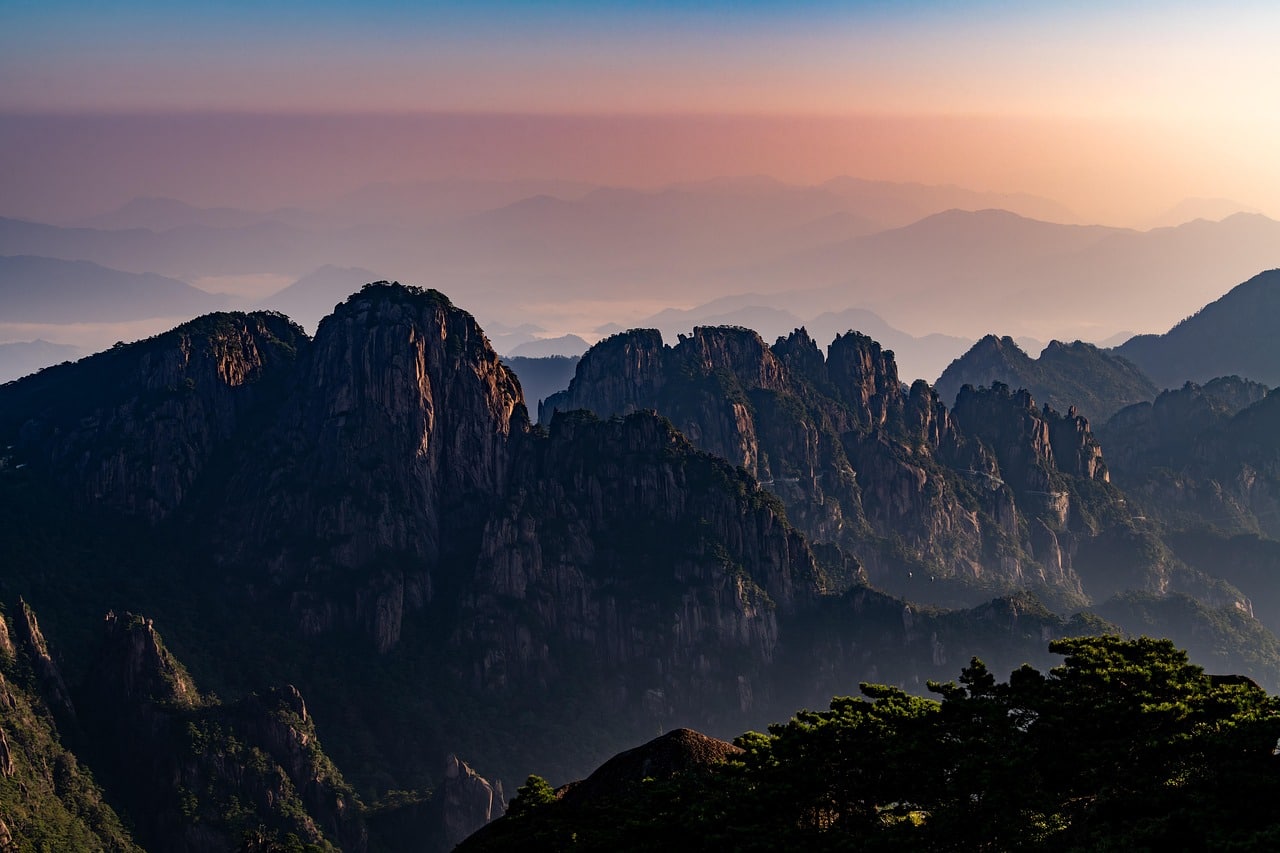Yosemite National Park is a grand and fascinating place. The park contains thousands of meadows that are both integral ecosystems and evocative landscapes. Yosemite also features around sixty species of alpine butterflies, which are rare and in danger of disappearing.
A ubiquitous feature of the Yosemite landscape is granite. The Half Dome and El Capitan are two well-known granite formations in the park. The park is also known for its giant sequoias that can be seen from three groves.
Meadows in Yosemite National Park
An ecosystem is a system wherein living beings interact. Living organisms have complex relationships with one another and with their natural environment. Meadow ecosystems contain herbaceous plants. Plants in meadow ecosystems can find nourishment from either groundwater or surface water. Shrubs and trees can also be found in meadows. However, they are not the main forms of plant life.
There are about three thousand meadows in Yosemite National Park. They may not grab attention the way other features of Yosemite do. However, Yosemite’s meadows are lovely. Also, meadow ecosystems are incredibly important to the survival of half of the park’s living species. Cory Goehring, the lead naturalist at Yosemite Conservancy, writes: “While most visitors first come and visit Yosemite for the waterfalls and towering cliffs, meadows often go unnoticed, as people may not understand their beauty or know how significant they are to the park’s ecosystems.”
Yosemite’s Alpine Butterflies
The park is home to about sixty alpine butterfly species. The National Park Service describes the Yosemite alpine butterflies as fluttering “at the highest of elevations, where conditions can be extreme.” The areas where the butterflies live feature brief summers and chilly winters. These areas provide sources of food for butterfly larvae.
Alpine butterflies are rare, and their existence is threatened worldwide. There is concern that climate change could impact food sources for the park’s butterfly larvae. There is currently no definitive data about climate change’s effect on alpine butterfly species in the park. However, careful research is being conducted into the Yosemite alpine butterfly populations.
A Preponderance of Granite
Known as an igneous intrusive rock, granite is formed deep under the ground. Granite forms from magma, molten rock beneath the ground. The magma, according to the National Park Service, “is insulated by the rocks around it.” The magma slowly cools down, “growing large, interlocking crystals.”
Granite throughout the park is one of Yosemite’s characteristic natural features. Many of the park’s impressive rock formations are composed of granite. One famous granite formation in the park is the Half Dome. The Half Dome was formed from granite formed underground and pushed to the surface. It has existed for about sixty-five million years. Another well-known granite formation is El Capitan, which is composed of two types of granite: Taft granite and El Capitan granite.
Majestic Sequoias
Giant sequoias, also referred to as Sierra redwoods, are giant. They are the world’s largest trees. These trees can live for over three thousand years. Giant sequoias are impressive to stand beneath. Standing in a whole forest of giant sequoias can be an immersive experience not to be forgotten. Studying the tree rings of giant sequoias can provide useful information. Examining the tree rings can help with research about how the trees respond to the climate. Examining the tree rings can also be useful to learn about the trees’ general life cycle.
Yosemite National Park features giant sequoia trees. The giant sequoias of Yosemite can be found in Merced Grove, Mariposa Grove, and Tuolumne Grove. The giant sequoias of Merced Grove can be viewed at the culmination of a hike. This hike is about a mile and a half long. Mariposa Grove is the park’s biggest grove. There are more than five hundred mature giant sequoia trees in Mariposa Grove. Giant sequoias in Tuolumne Grove can be seen at the end of a mile-long hike. Both Merced Grove and Tuolumne Grove contain about twenty-four mature giant sequoia trees.
Yosemite Overview
Within Yosemite National Park, you can spend time in a variety of natural settings. Yosemite’s role as a place to interact with nature is important. Another key role that the park plays is as a place for research. One research topic discussed above is the potential impact of climate change on alpine butterflies. The park provides a place for people to hike and marvel at the landscape. It is also a place to learn about and protect the park’s animals and plants.








